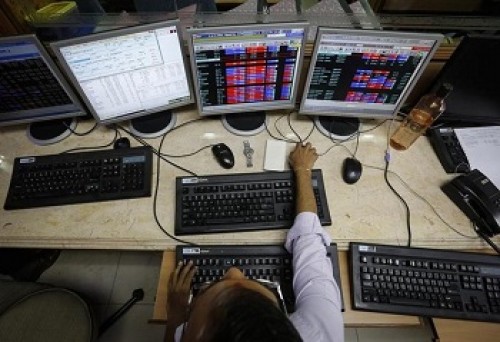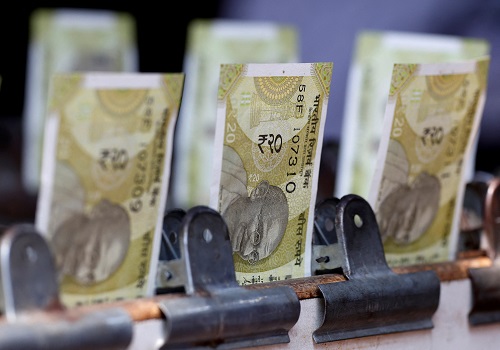Market Quote : Indian Auto Industry Slowdown : Inventories Reach 77,000 Units by Krishna Appala, Sr. Research Analyst, Capitalmind Research

Below the Quote on Market by Krishna Appala, Sr. Research Analyst, Capitalmind Research
The Indian automobile industry is experiencing a noticeable slowdown, with inventories rising to 77,000 units, equivalent to 75 days of sales, compared to an average of 45 days. Growth in the sector has been modest at just 2.8%, with Tata Motors seeing an 8% dip in sales this quarter compared to the same quarter last year. The cyclical nature of the industry, combined with banks becoming cautious due to stress in the MSME and MFI sectors, has contributed to the slowdown. Additionally, higher interest rates (the repo rate increased from 4% in April 2022 to 6.5%) are making vehicle financing more expensive, impacting demand.
For instance, Maruti Suzuki’s management highlighted that while retail sales remained steady, they had to increase discounts (up to 21,700/- per vehicle) to address softer demand. Capacity utilization stood at around 85%, and the company noted that demand was sluggish due to the heat wave and elections, which kept customers away from showrooms. Despite efforts to boost demand with new launches and increased CNG vehicle offerings, the overall sentiment remains cautious. Inventories rose to 37 days at Maruti, slightly higher than their optimal level. Hero MotoCorp also reported a sequential decline in gross margins, which they attributed to lower parts sales and commodity price fluctuations. However, they saw a rural demand uptick, driven by favourable rainfall and economic movements, though urban demand remains a challenge.
In August 2024, wholesale production reached 3.2 lakh units, while registrations were at 2.5 lakh units, further highlighting the inventory build-up. The festive season, especially around Diwali, is expected to bring some relief, but overall, the sentiment remains dampened by high interest rates and consumer hesitation. However, there is hope that the situation may improve once the RBI starts cutting rates, which is anticipated to follow any potential rate cuts by the U.S. Federal Reserve. This, combined with the festive season, could help revitalize demand in the coming months.
Above views are of the author and not of the website kindly read disclaimer






.jpg)
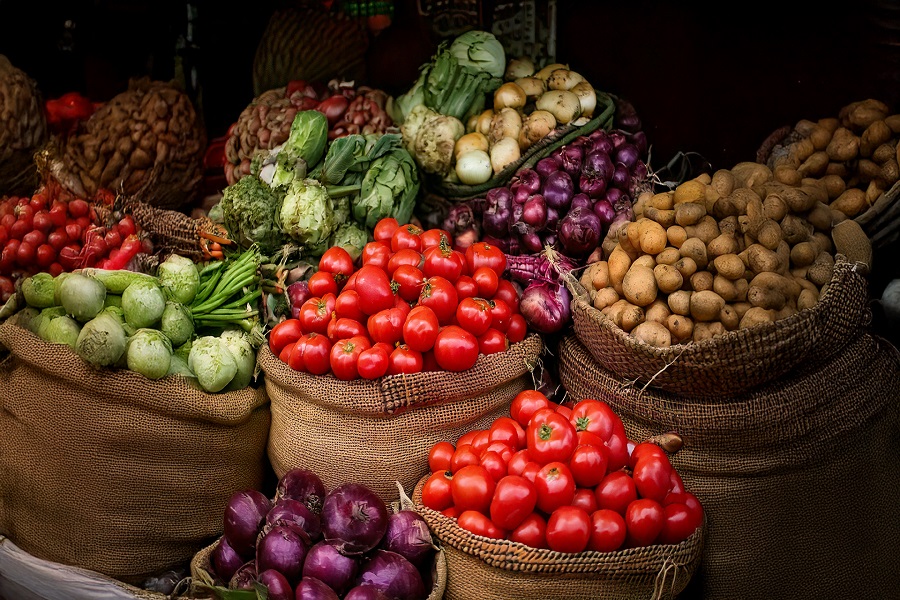
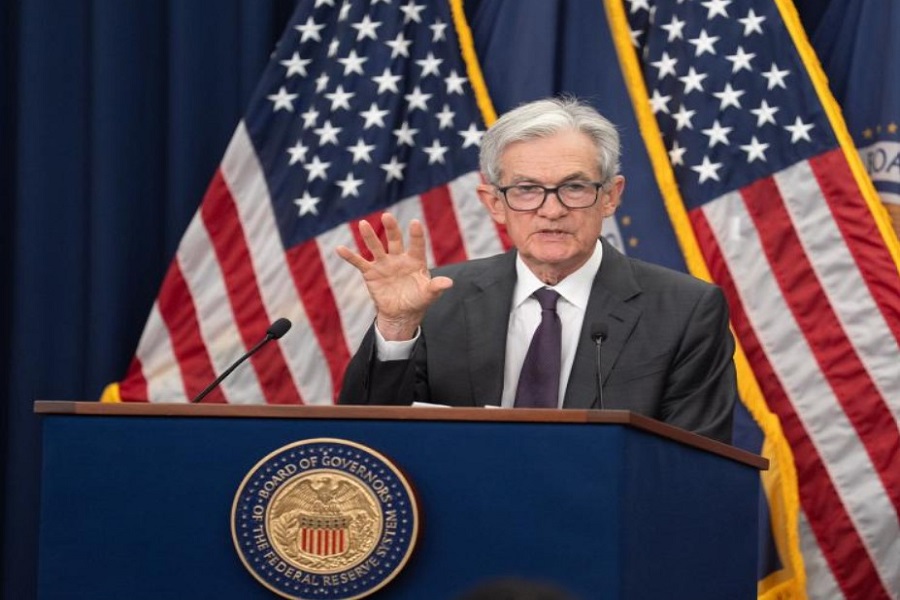

Tag News

Nifty & BankNifty Weekly Outlook 12th Sept 2025 by Choice Broking Ltd



More News
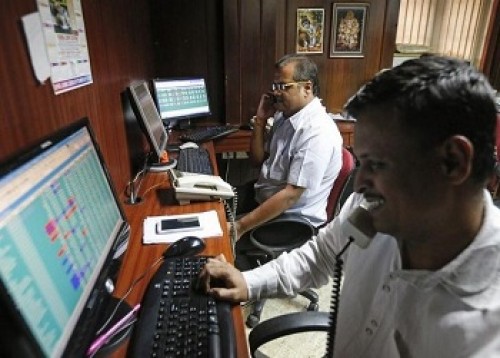
Quote on Market 23th June 2025 by Vinod Nair, Head of Research, Geojit Investments Ltd

